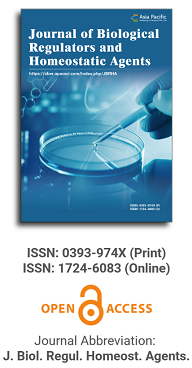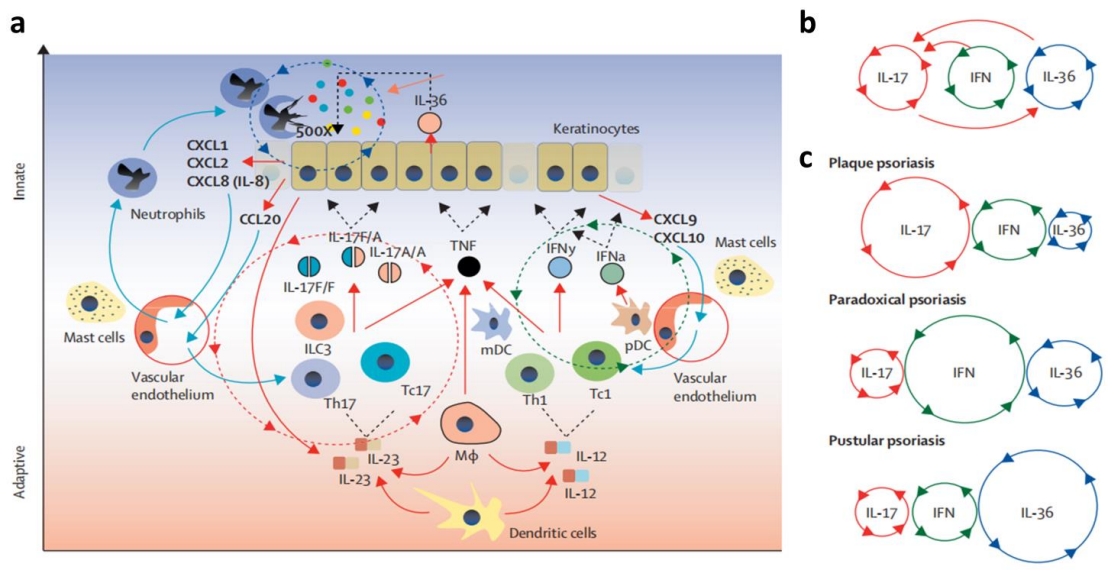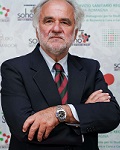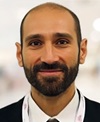
Asia Pacific Academy of Science Pte. Ltd. (APACSCI) specializes in international journal publishing. APACSCI adopts the open access publishing model and provides an important communication bridge for academic groups whose interest fields include engineering, technology, medicine, computer, mathematics, agriculture and forestry, and environment.

High cyclic tensile stress disrupts the extracellular matrix in human chondrocyte by F-actin cytoskeletal polymerization and reactive oxygen species production
Vol 35, Issue 3, 2021
Abstract
This study aims to explore the mechanism of cyclic tensile stress (CTS) on human chondrocytes (CHs) relating to the reactive oxygen species (ROS) generation and extracellular matrix (ECM) stability in vitro. A well-established CTS model with 5%, 10%, or 20% elongation was performed for CHs stretching. After CTS, the cell viability, total ROS level, main ECM components, matrix metalloproteinase (MMP), tissue inhibitor of metalloproteinase (TIMP), F-actin density, and some anti-oxidative enzymes were analyzed. Additionally, the antioxidant N-acetylcysteine (NAC) and cytochalasin D were used to suppress the ROS production and F-actin polymerization when the CHs underwent CTS, respectively. The treatment of 20% elongation-CST significantly decreased the CH viability and the expressions of collagen II, aggrecan, anti-oxidative enzymes and TIMP3/4, however, it increased the ROS accumulation, F-actin polymerization, and the expression of collagen I and MMP3/13. In contrast, the application of NAC and cytochalasin D could partly rescue the CHs from the injury caused by the high CTS. Therefore, high CTS disrupts the ECM by remodeling the F-actin cytoskeleton and promoting ROS production. Cytochalasin D and NAC are effective in rejecting F-actin cytoskeleton polymerization, and ROS accumulation through a potential synergetic process, which alleviates the ECM injury caused by High CTS.
Keywords
References
Supporting Agencies
Copyright (c) 2021 Y Li, J Yang, Q Feng, SQ Li, Y Lang, XF Zhang, C Ye

This site is licensed under a Creative Commons Attribution 4.0 International License (CC BY 4.0).

Medical Genetics, University of Torino Medical School, Italy

Department of Biomedical, Surgical and Dental Sciences, University of Milan, Italy

